Choosing the right pair of running shoes can feel like a race in itself—especially when you’re deciding between two powerhouses like Saucony and ASICS. Both brands have been in the game for decades, earning devoted followings and producing some of the most trusted shoes in the running world.
In a recent survey of the WeeViews running community, 35.9% of respondents said they currently run in ASICS, while 32.9% lace up Saucony—making this one of the closest brand rivalries in our audience. This article isn’t just speculation—we’ll weave in first-hand feedback from real WeeViews users who’ve put these shoes through their paces.
From Saucony’s Endorphin Pro and Peregrine—shoes trusted by trail champion Grayson Murphy—to ASICS’ Metaspeed Edge, the choice of marathon great Sara Hall, we’ll break down what sets these running shoe giants apart. Whether you’re prepping for your next marathon or simply searching for a daily trainer that feels right, this guide will help you find your match.
Before we dive into the tech specs, let’s take a quick lap through history.
Saucony was founded in 1898 along the banks of Saucony Creek in Kutztown, Pennsylvania. What started as a humble footwear company evolved into a running brand known for blending performance and comfort with bold, modern designs. By the 1980s, Saucony had earned its place among serious runners thanks to its technical innovation and reliable shoes.
ASICS, meanwhile, began as Onitsuka Co. in 1949 in Japan. The company’s name—an acronym for the Latin phrase Anima Sana In Corpore Sano, meaning “a sound mind in a sound body”—speaks to its philosophy of holistic wellness through sport. From its early basketball shoes to today’s high-tech runners, ASICS running shoes have become synonymous with stability, durability, and cushion-heavy support.
Both brands bring decades of experience and a deep understanding of what runners need from their footwear.
Now that we’ve covered each brand’s roots, let’s get into what most runners care about—their best shoes right now.
To make this list, we looked at:
The result? A look at the best Saucony running shoes and best ASICS running shoes for everything from daily training to race-day speed and rugged trail adventures.
The Ride 18 is a neutral daily trainer built for runners seeking a reliable, versatile shoe for everyday training. With a PWRRUN+ midsole, it delivers a balanced, cushioned ride with a touch of responsiveness, perfect for short to mid-distance runs, recovery days, or casual wear.

The Endorphin Speed 5 is a neutral, lightweight performance trainer for runners seeking a versatile, fast shoe. With a PWRRUN PB midsole, flexible nylon plate, and SPEEDROLL tech, it offers a soft, bouncy ride ideal for tempo runs, speedwork, races, or daily training.
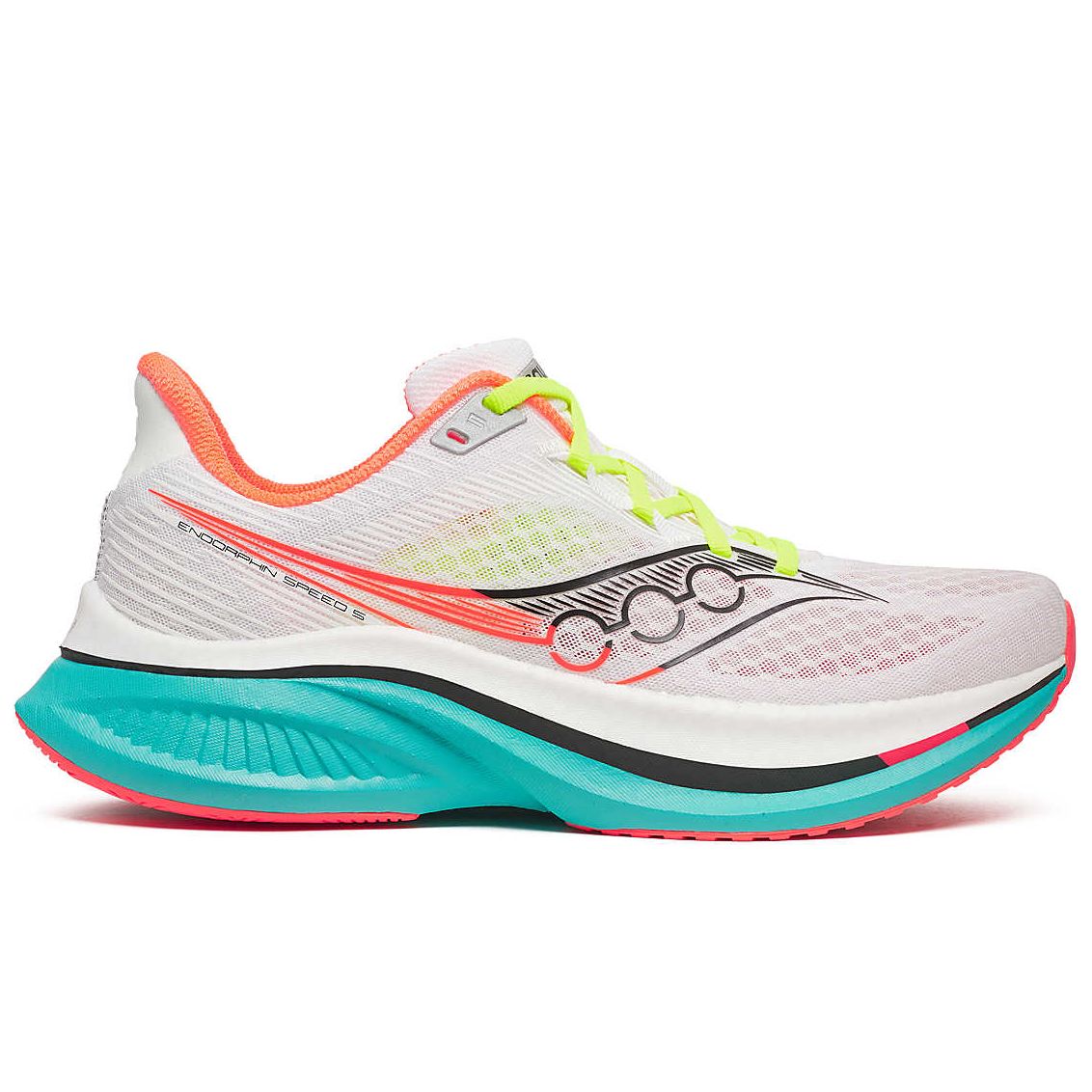
The Kinvara 16 is a neutral, lightweight trainer crafted for experienced runners seeking a fast, natural ride. With an updated PWRRUN midsole offering enhanced energy return and durability, it delivers a responsive, low-profile feel ideal for tempo runs, speedwork, or daily training.
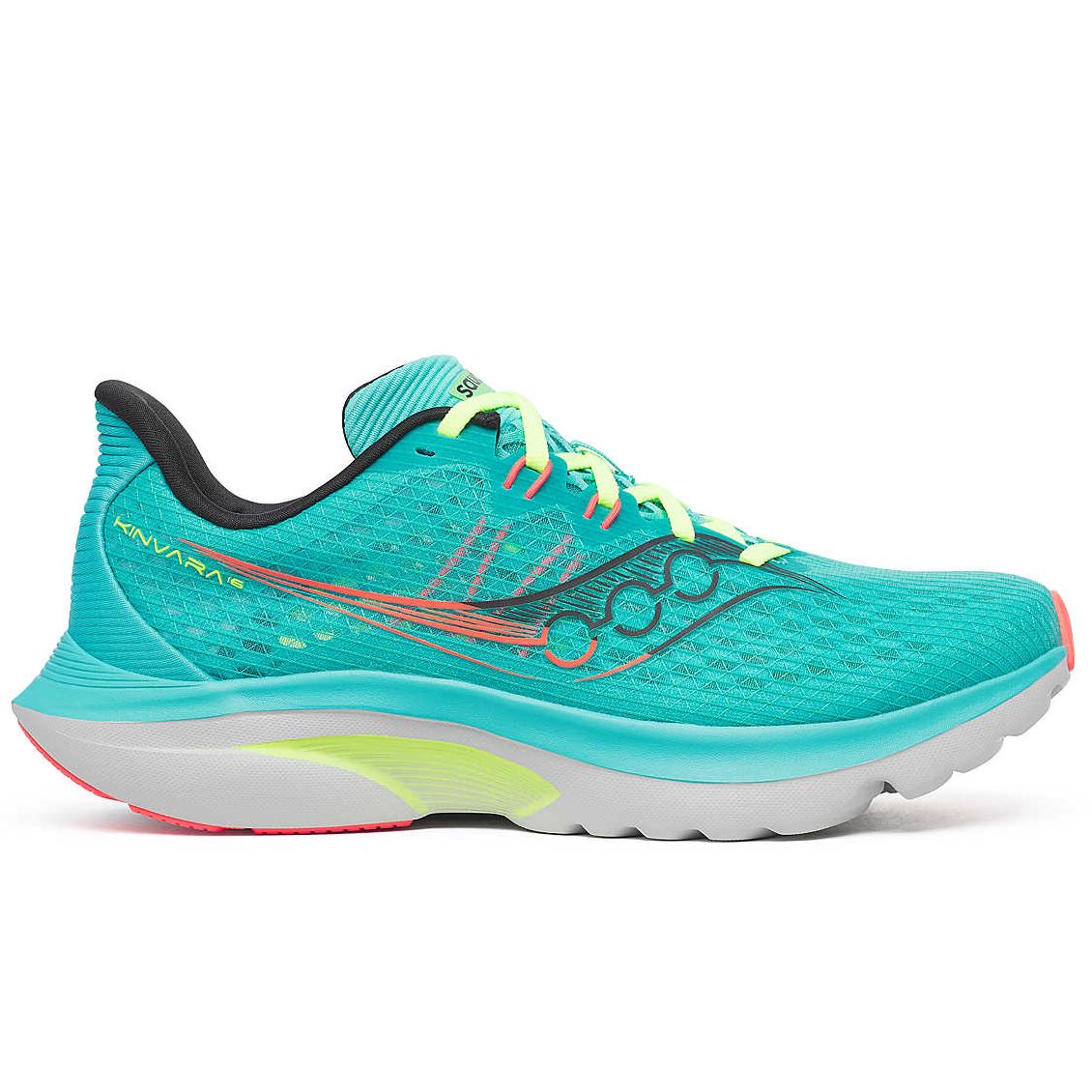
The Triumph 23 is a neutral, premium daily trainer designed for runners seeking plush comfort on long runs. Featuring a PWRRUN PB superfoam midsole, it delivers a soft, lightweight, and energetic ride, perfect for easy miles, recovery runs, or extended distances.
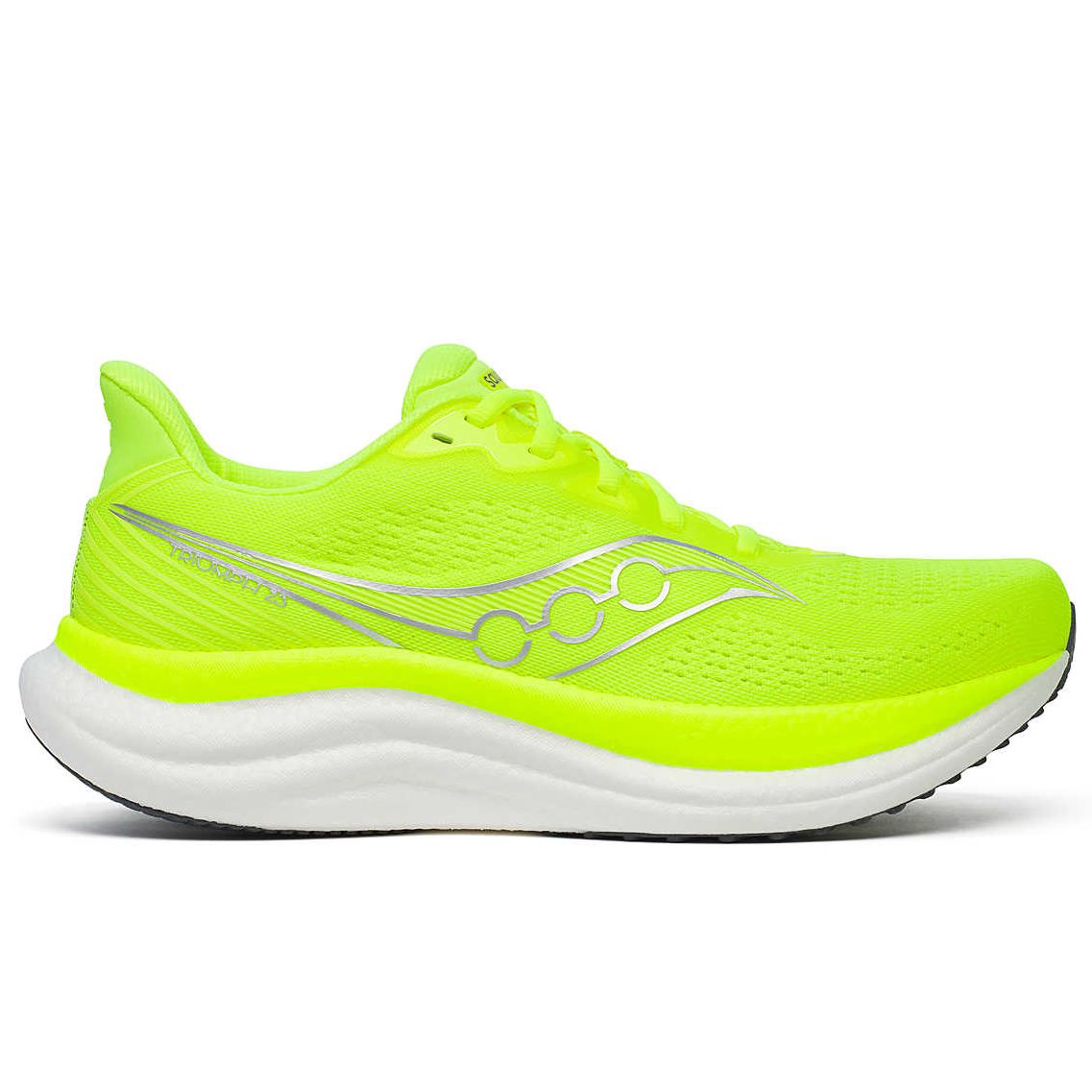
The Guide 18 is a stability-oriented daily trainer designed for runners needing mild support for daily mileage or long runs. Featuring a PWRRUN foam midsole with CenterPath Technology, high sidewalls, and a wide platform, it offers a balanced, cushioned ride with subtle guidance for overpronators, ideal for easy runs and steady-paced training.
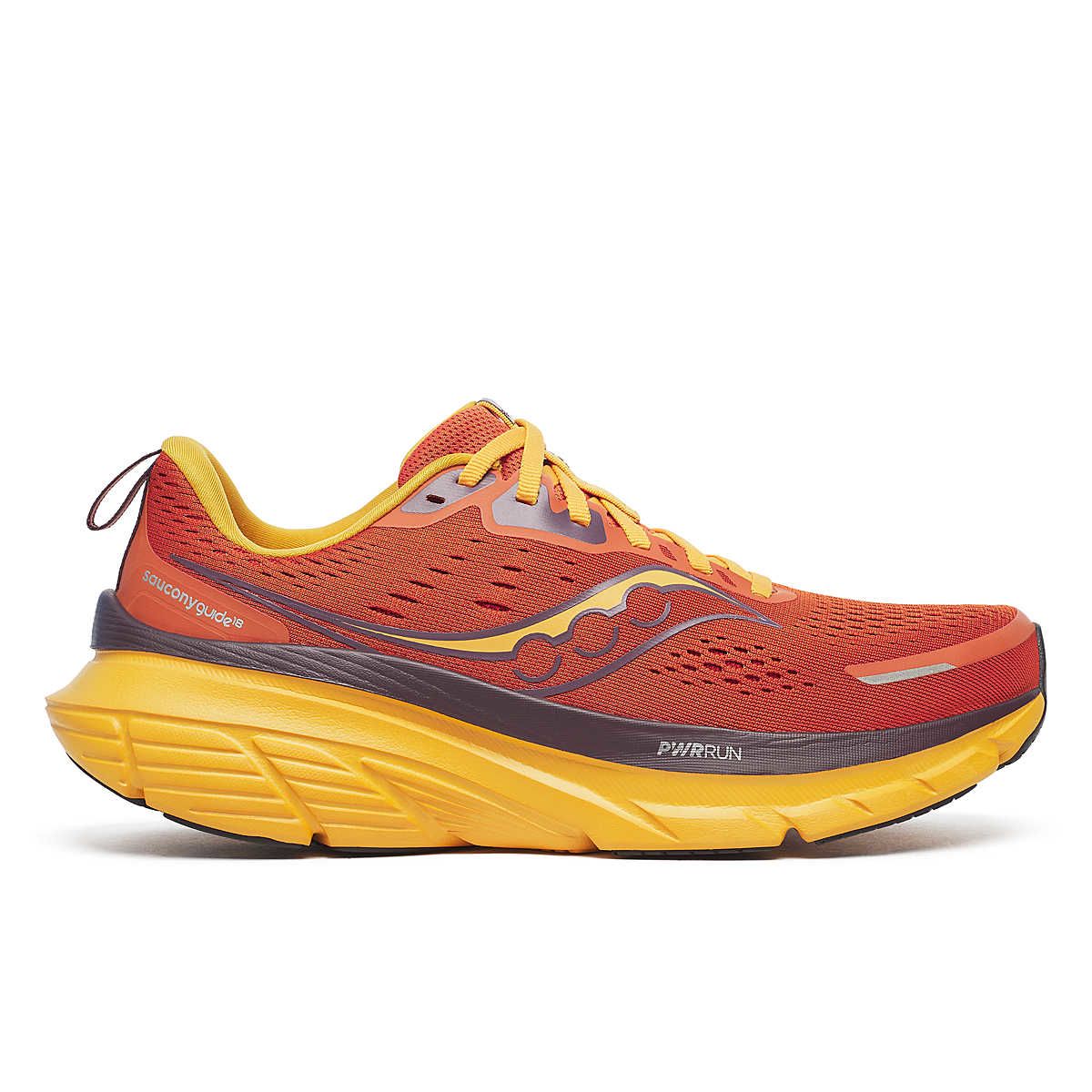
The Peregrine 15 is a neutral trail running shoe engineered for runners tackling rugged terrains. Equipped with a PWRRUN midsole and PWRTRAC outsole, it provides grippy traction and cushioned protection, making it ideal for trail adventures, from short scrambles to ultra-distance treks.
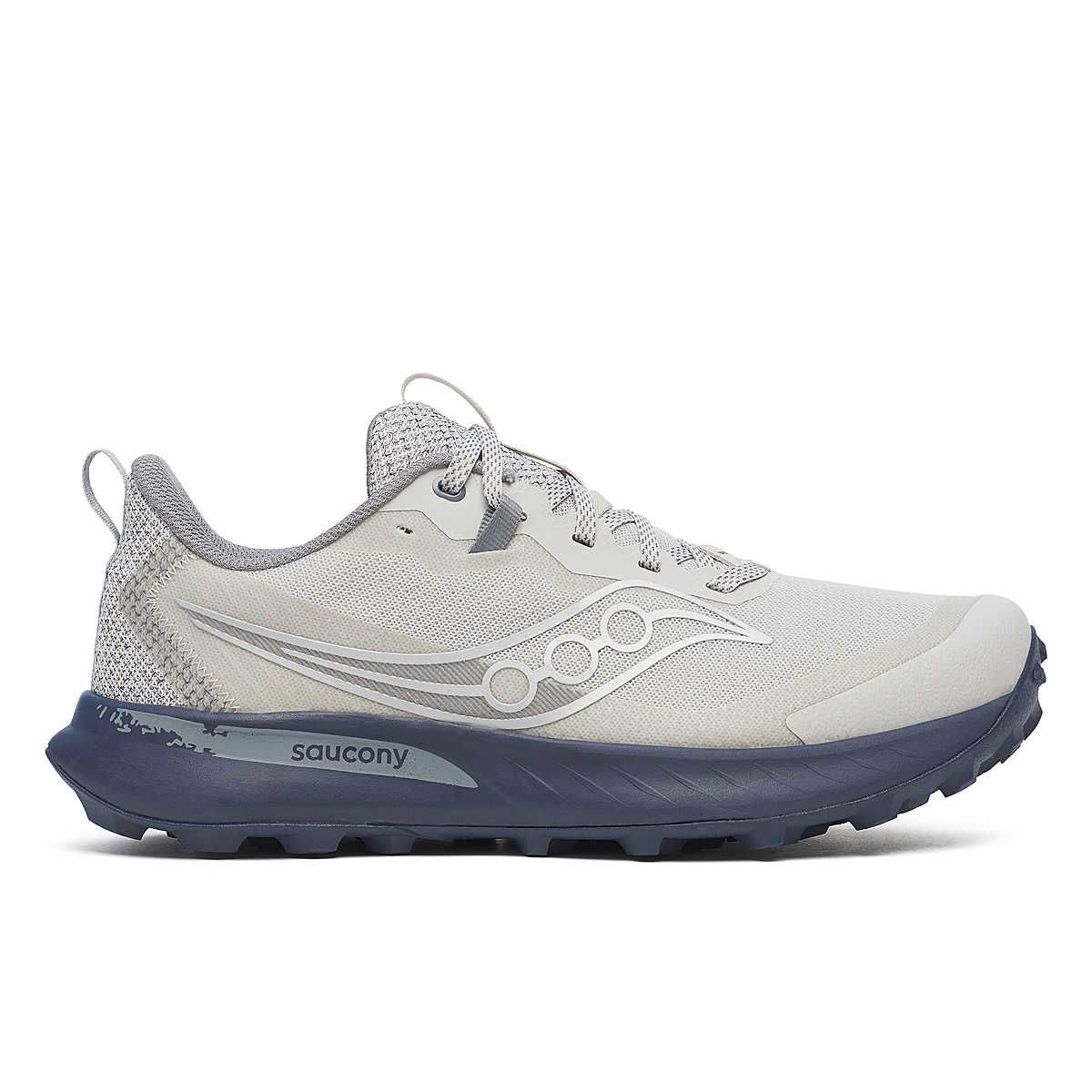
The Novablast 5 is a neutral, cushioned daily trainer designed for intermediate runners seeking a lively, versatile shoe for mid-to-long runs, tempo workouts, or casual wear, with a responsive FF Blast Max midsole for a bouncy ride.
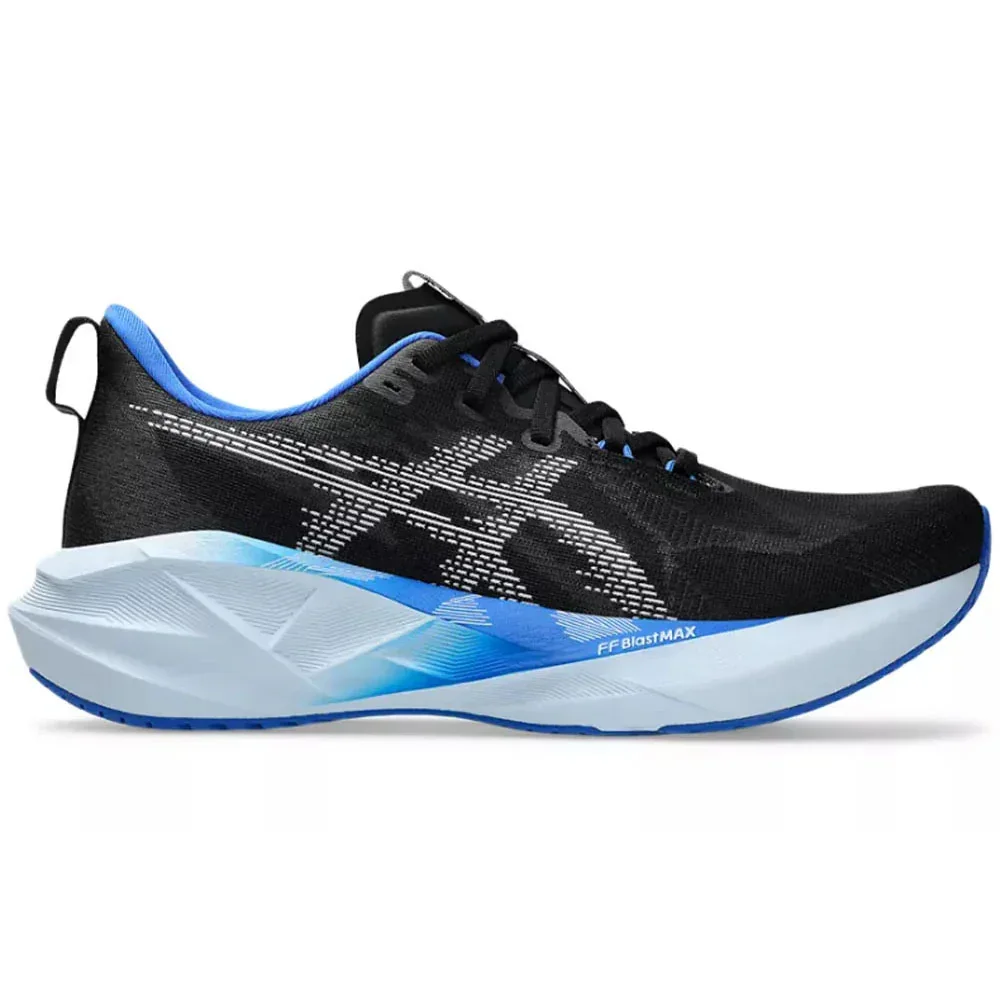
The Superblast 2 is a neutral, max-cushioned daily trainer crafted for advanced or heavier runners wanting a plush yet responsive shoe for easy runs, long runs, or tempo efforts, with a stable, energetic ride.
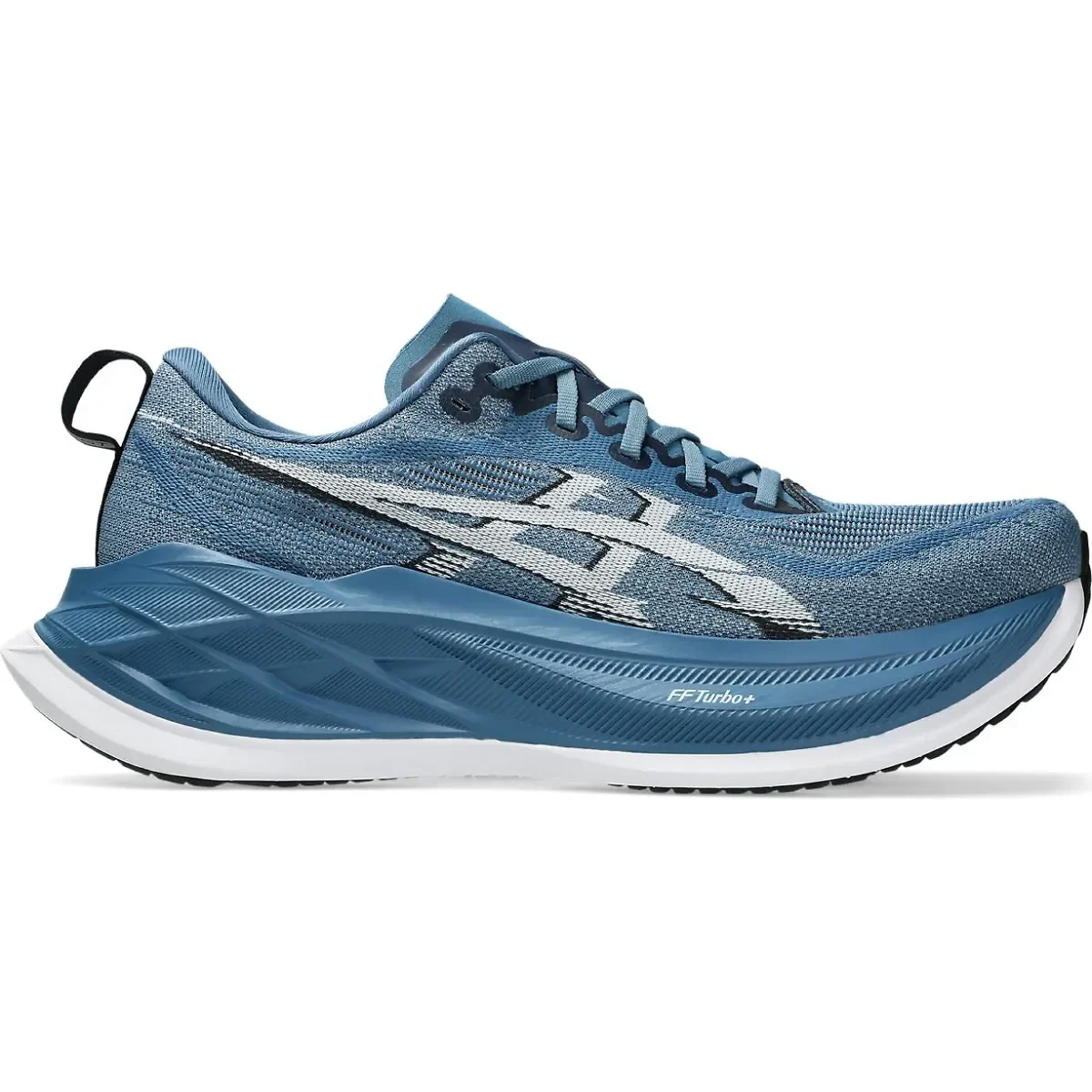
The Gel-Kayano 32 is a stability daily trainer designed for overpronating runners needing support during long, easy runs or recovery miles, offering a smooth, comfortable ride with pronation control.
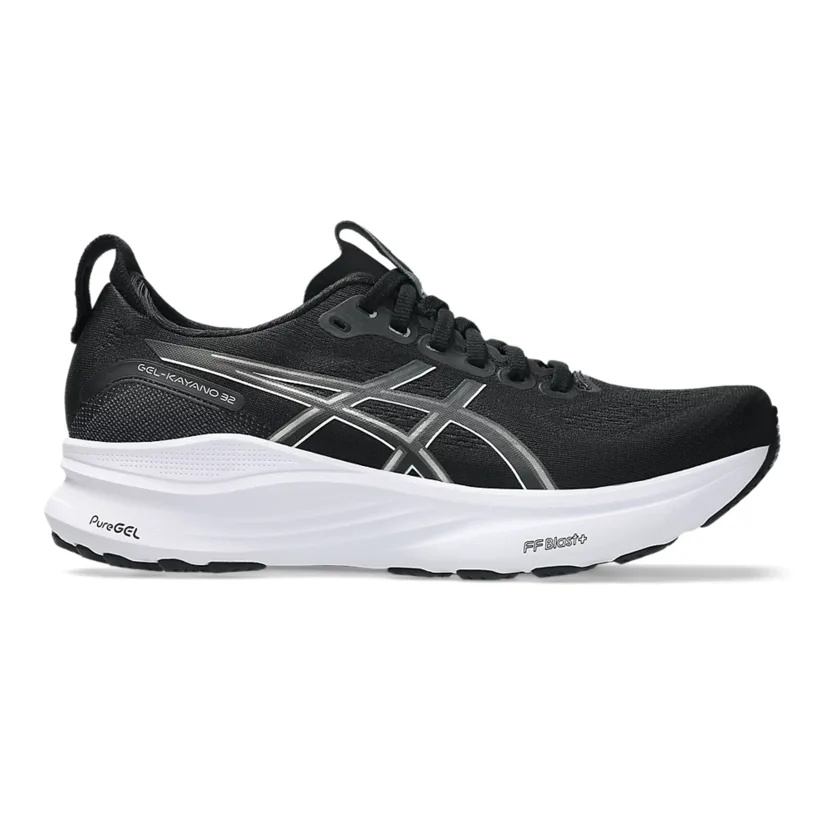
The Gel-Nimbus 27 is a neutral, highly cushioned daily trainer built for beginners or heavier runners seeking maximum comfort on easy-paced runs or recovery miles, with a soft, stable ride.

The Metaspeed Sky is a carbon-plated racing shoe designed for stride runners tackling 5K to marathon distances, offering a powerful, bouncy forefoot strike for competitive runners aiming for personal bests.
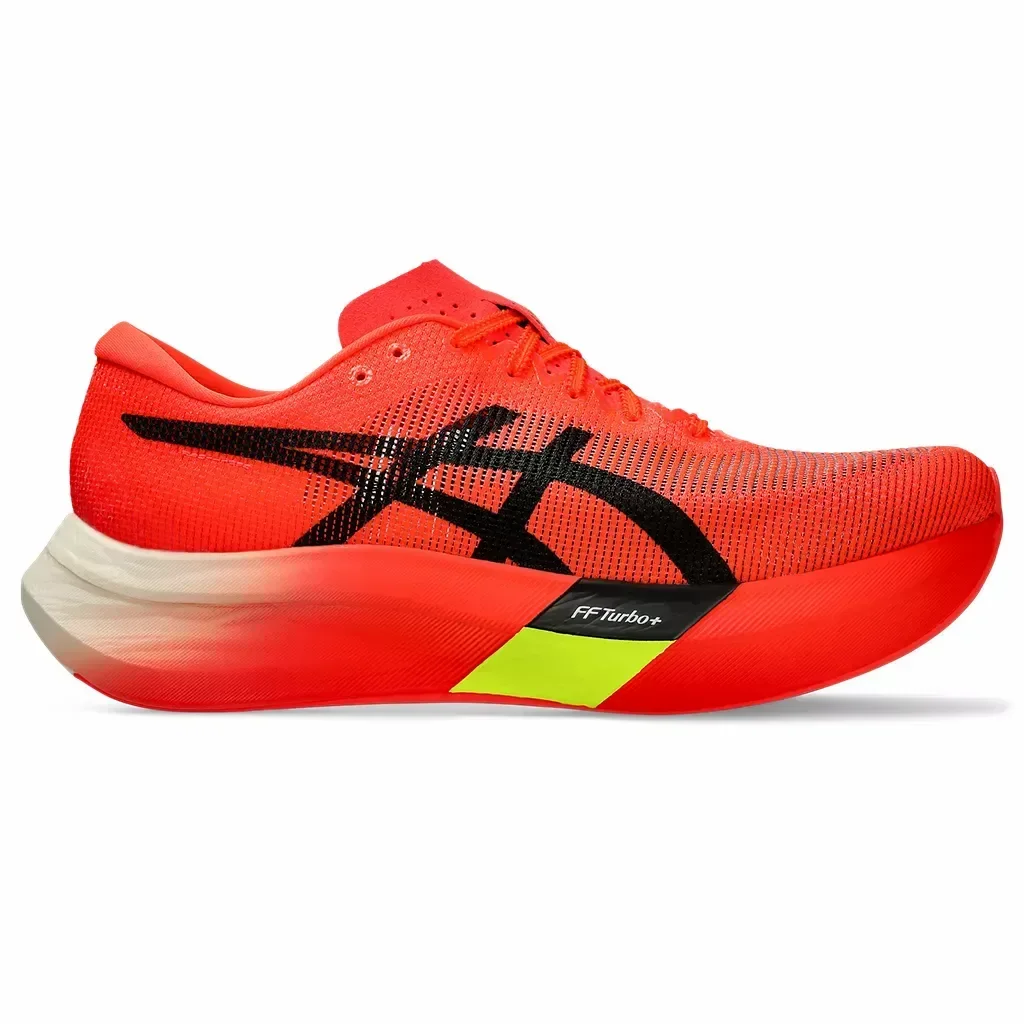
The Metaspeed Edge is a carbon-plated racing shoe tailored for cadence runners racing 5K to half marathons, extendable to marathons for some, with a quick-turnover, rolling stride for speed-focused runners.
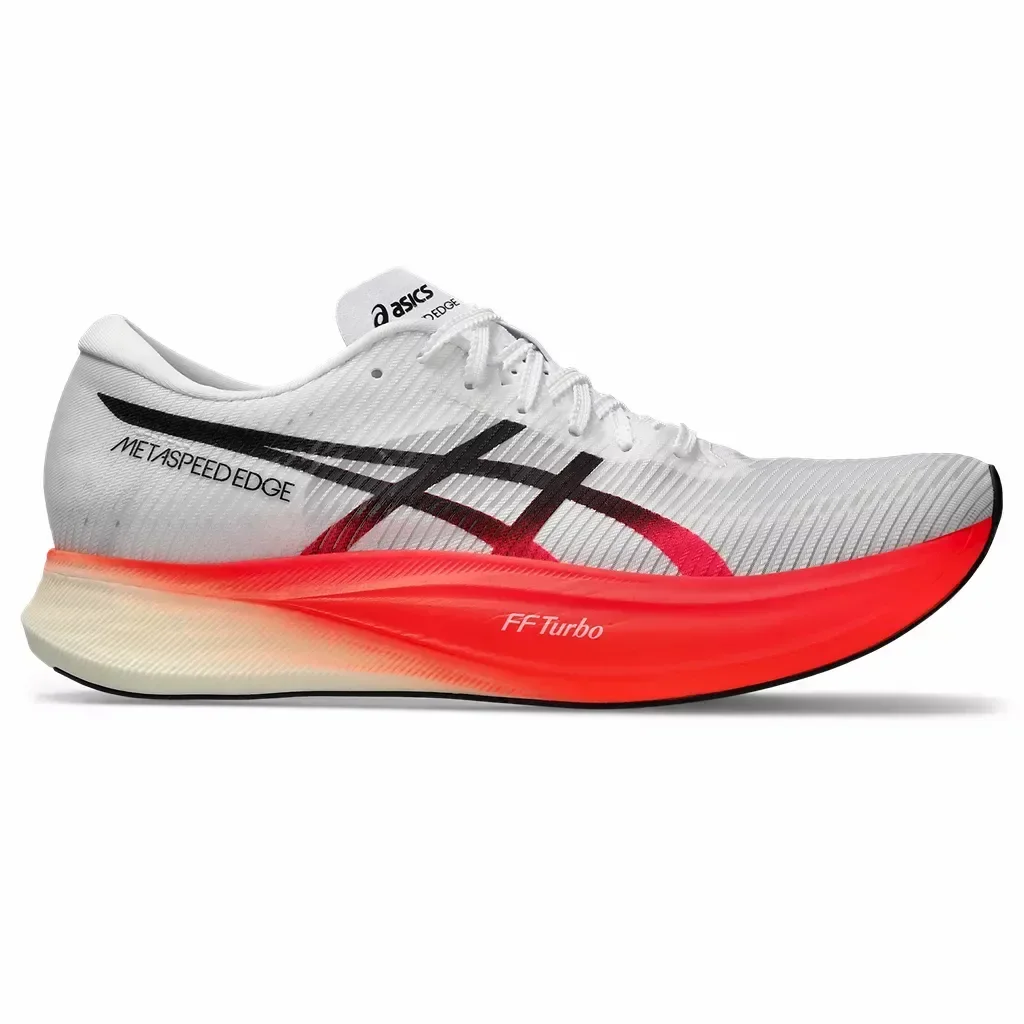
When comparing Saucony vs ASICS, one of the most significant differences lies in their approach to cushioning and ride feel.
🔹 Saucony Running Tech Highlights
🔸 ASICS Running Tech Highlights
Both Saucony and ASICS are constantly innovating, but Saucony tends to emphasize a lighter, more flexible feel, while ASICS focuses on reliable cushioning and support for long-haul comfort.
The Up & Runners put the elite racing shoe, the Saucony Endorphin Elite 2 through the paces for a multi-test review with these key takeaways:
✔️ Best For:
❌ Not Ideal For:
No matter how good the tech is, a running shoe needs to fit your foot—and your stride.
Both brands offer wide sizing in many models, but it’s worth noting that ASICS shoes tend to have a more structured heel counter, while Saucony's FORMFIT uppers provide a sock-like experience.
Pro tip: Try on both brands or consult brand-specific sizing charts if you’re switching from one to the other—especially for race-day models where fit precision matters.
Durability is another key factor in the Saucony vs ASICS debate, especially if you're logging big miles each week.
In terms of longevity, both brands are impressive. But if you're extra tough on your shoes or running in harsher climates, ASICS running shoes might have a slight edge due to their heavier-duty construction.
Let’s get to the heart of what runners care about most—how the shoes actually feel during a run.
Saucony Running Performance
ASICS Running Performance
Expert shoe reviewer and member of The Up & Runners, Blake Graf, selected the ASICS Novablast as one of his top daily trainer running shoes for 2025.
Whether you prefer the energetic roll of Saucony or the shock-absorbing calm of ASICS, both brands offer top-tier performance shoes for every type of run.
Performance might come first, but let’s be honest—most of us care about how our shoes look.
At the end of the day, both brands have upped their design game in recent years. It just comes down to your personal vibe.
Price-wise, Saucony and ASICS fall in similar mid-to-premium ranges. Here’s how they generally compare:
Both brands regularly offer discounts, and older versions of popular models are often found at a fraction of the price. Overall, you’re getting solid value no matter which brand you choose—just align your budget with the features you prioritize most.
If you’re a newer runner looking for value, both brands have affordable options that still offer solid performance. And if you're chasing a PR, you'll find super shoes in both lineups to give you an edge on race day.
So, which brand wins the Saucony vs ASICS showdown?
✅ Choose Saucony if:
✅ Choose ASICS if:
Whether you choose Saucony or ASICS, both brands produce some of the best running shoes for every type of runner in 2025. Saucony delivers a lightweight, responsive ride for speed and versatility, while ASICS provides plush cushioning, stability, and long-term durability. From daily trainers to carbon-plated racers, the Saucony vs ASICS debate comes down to your foot shape, training style, and running goals.

Login to your account to leave a comment.

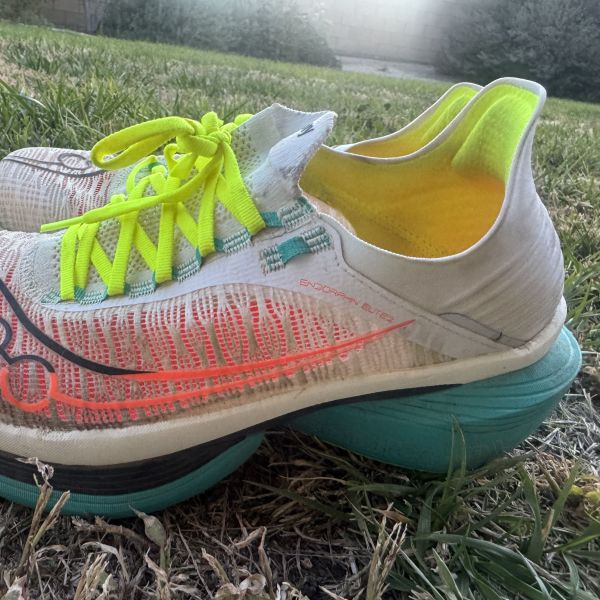


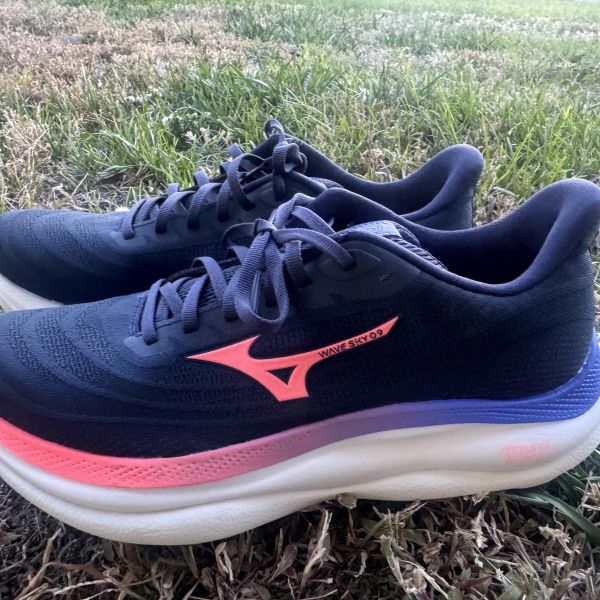
We Want to Give it to You!
